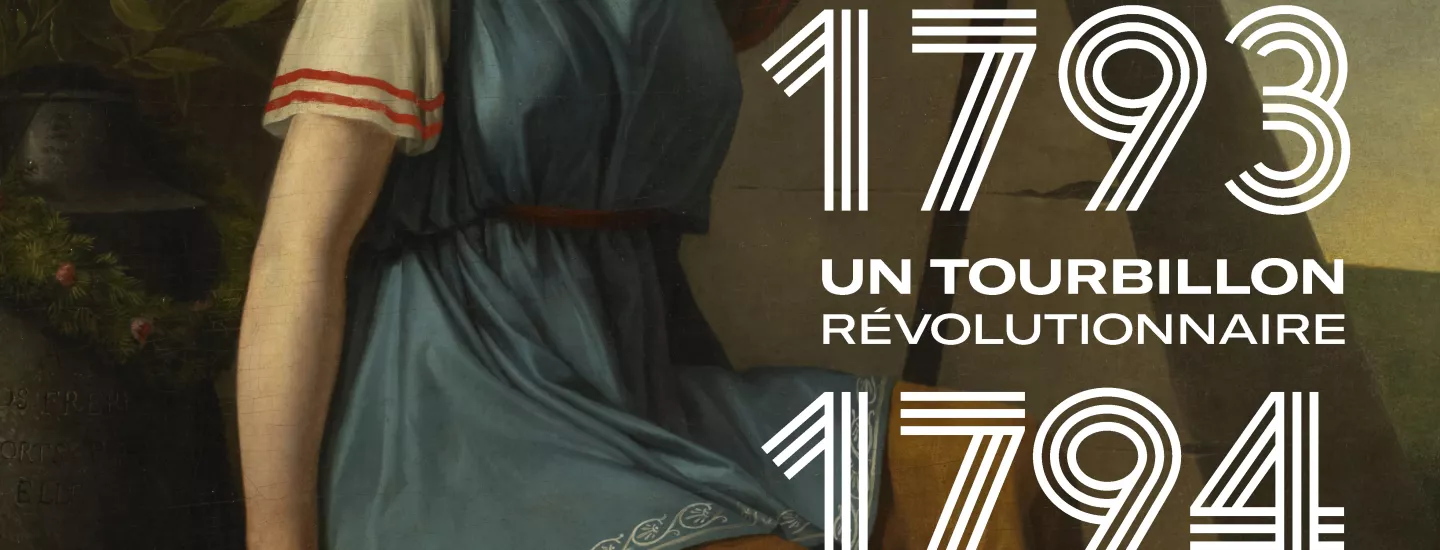
1 | The Republic, a new regime for France
On 21 September 1792, the French monarchy was abolished. Between 1793 and 1794, the first Republic was formed in a cloud of uncertainty, without a plan or any clear definition.
After King Louis XVI fled with his family, before being arrested in Varennes in June 1791, efforts to establish a constitutional monarchy ended in failure. Under public pressure, the monarchy was abolished by a new assembly elected by universal male suffrage: the National Convention. Installed at the Tuileries, in Paris, the National Convention became the meeting place of the founding fathers, who oversaw the drafting of laws and the Constitution. This new regime also shaped the material aspects of France’s very first republican society, from the way people dressed to the counting of time, from major celebrations and posters to effigies and architectural projects, and from the Cult of the Martyrs of Liberty to the new maps of France. In October 1793, the National Convention adopted a new calendar, which declared 22 September 1792 the first day of the first year of the Republic.